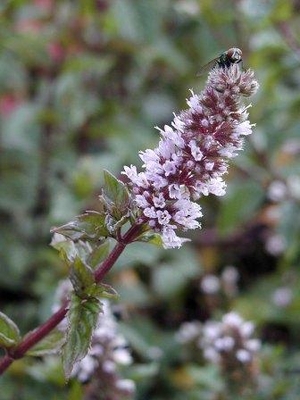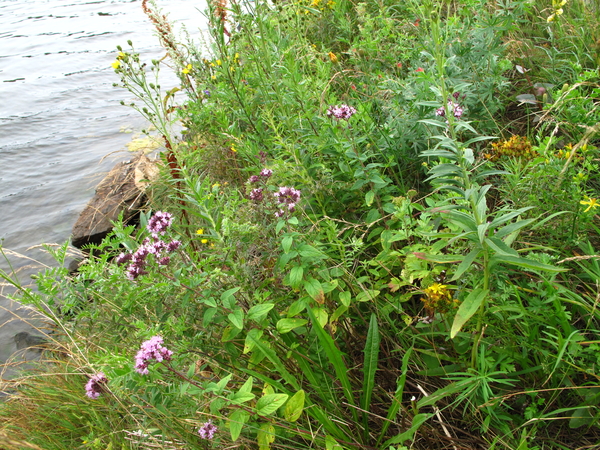ECPGR Medicinal and Aromatic Plants Working Group
Past events
Oregano Project. The project for “Conservation and characterization of oregano (Origanum vulgare L.) wild populations in Europe” was completed by the ECPGR Working Group on Aromatic and Medicinal Plants [more info] [link to Archive]
Previous events [link to Archive]
Working Group operative documents
Other working documents and publications
Documents developed by the Working Group and publications of interest. [link to Archive]
Background information

The proposal to establish a Working Group on Medicinal and Aromatic Plants (MAPs) was advanced at the first meeting of the Minor Crops Network Coordinating Group, in June 1999 in Turku, Finland. During its eighth meeting, in October 2001, the ECPGR Steering Committee agreed on the establishment of this Working Group. The MAP Working Group met for its first time in Gozd Martuljek, Slovenia, September 2002.
The Group is expected to contribute to the development of the conservation strategy of MAPs at the European level. Legislative limitations, implemented by EU trade regulations on endangered MAPs and low knowledge of biological conditions and biodiversity status urge for coordinated action and involvement of European experts and scientists.
Scope of WG activities
What are MAPs?
The Group agreed that definitions were needed for "medicinal and aromatic plants" and the following were approved temporarily:
• Medicinal plants are plants used in official and traditional medicine
• Aromatic plants are plants used for their aroma and flavour
Geographical origin of MAP species
The WG will consider autochthonous European species (of which the centre of origin is located in Europe) and species which were domesticated in Europe or are well adapted to European ecological conditions.
List of priority species
The WG agreed at its second meeting on the following list of "priority species", to serve as models and for which species-specific descriptor lists would be developed.
- Achillea millefolium agg.
- Artemisia absinthium
- Carum carvi
- Gentiana lutea
- Hypericum perforatum
- Melissa officinalis
- Mentha piperita and M. spicata
- Origanum spp.
- Salvia officinalis
- Thymus vulgaris and T. serpyllum

Related Information
Contacts
Latest
Meetings